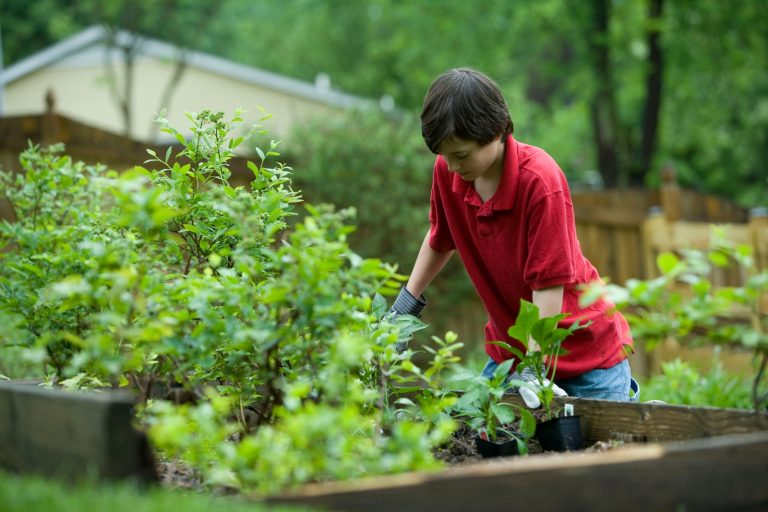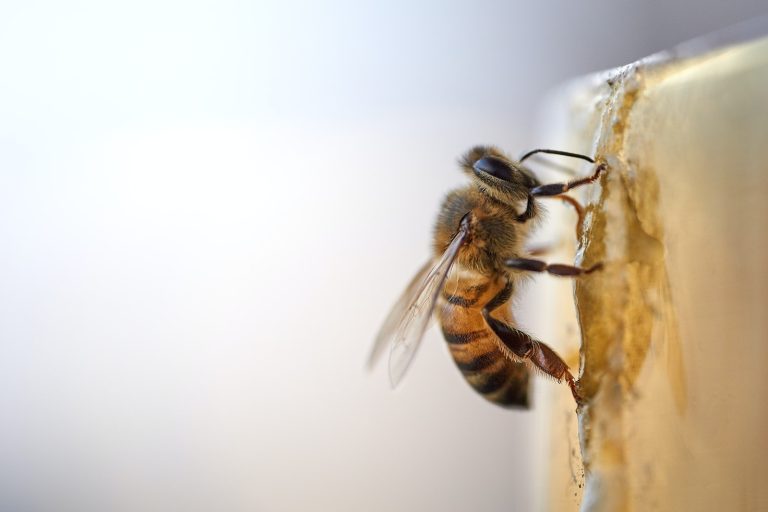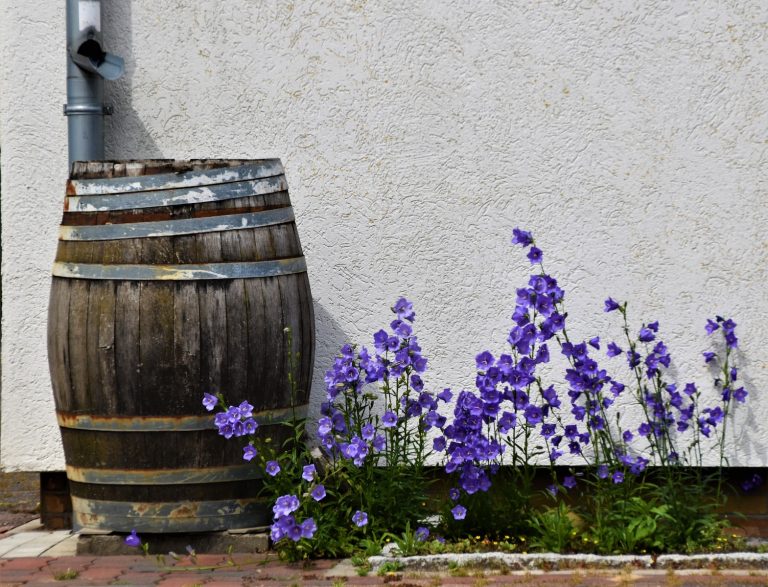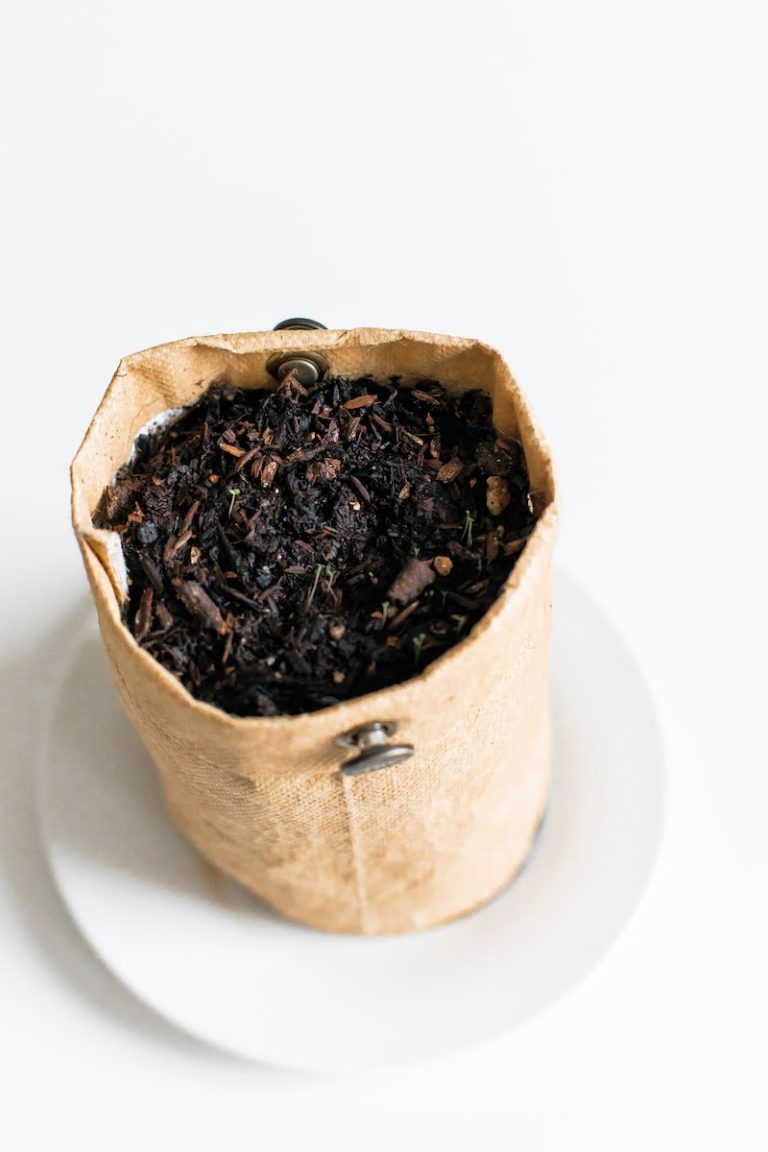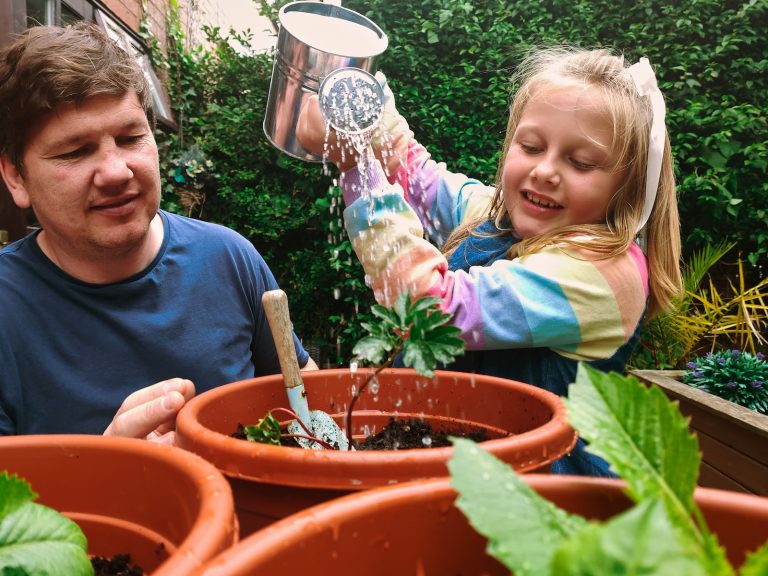How to Create the Perfect Indoor Herb Garden?
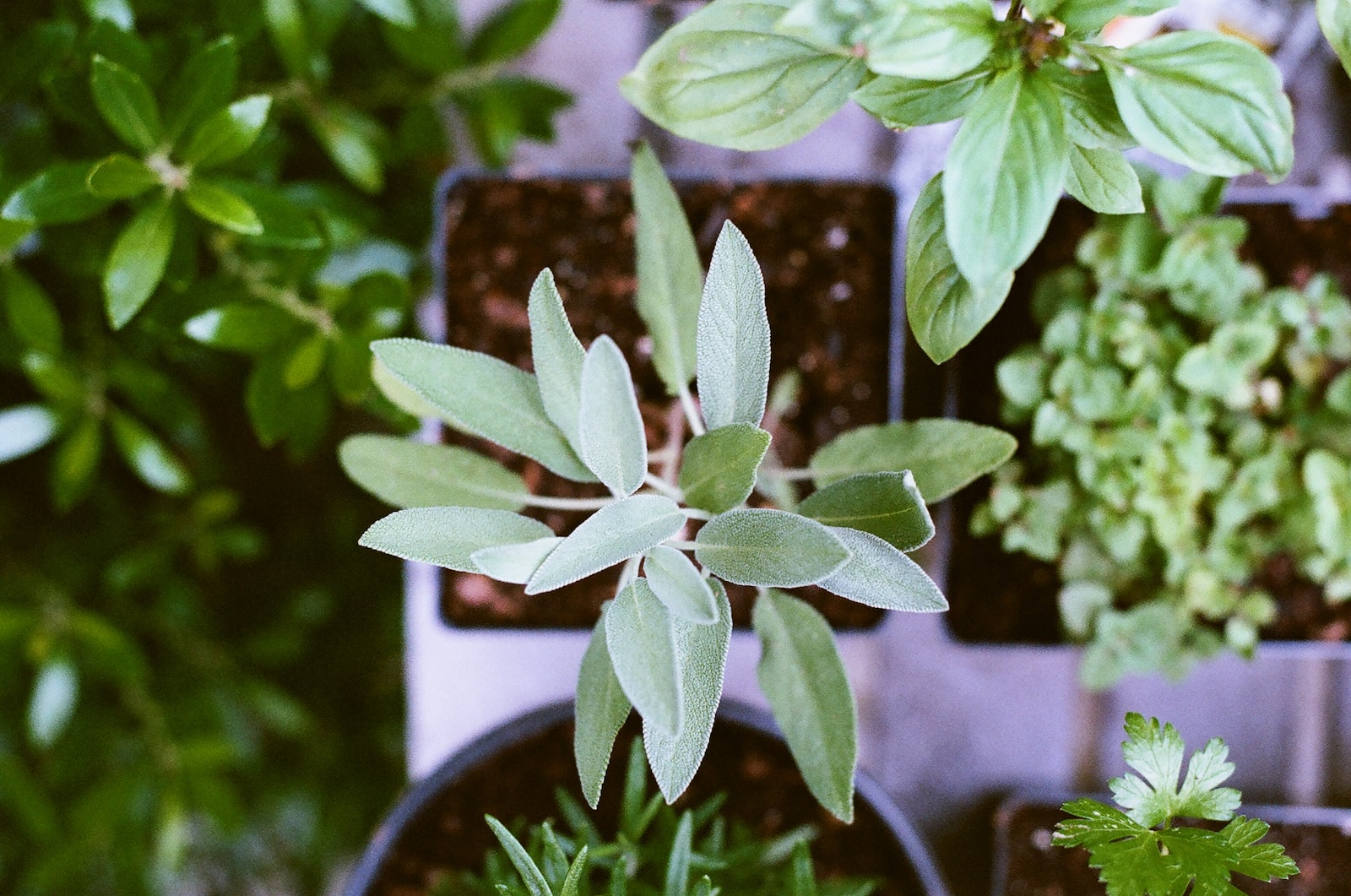
Are you tired of bland, flavorless dishes? Do you want to add a bit of freshness and healthiness to your meals? Well then, an indoor herb garden may be just what you need! Not only do these gardens provide easy access to the herbs that elevate any dish, but they also add a touch of greenery and aesthetic appeal to your home.
Creating an indoor herb garden may seem daunting at first, but with our simple tips and tricks, you’ll have the perfect set-up in no time! So let’s get started on cultivating your very own mini paradise within the comforts of your home.
Benefits of Growing Herbs Indoors
One of the great things about growing herbs indoors is that you can enjoy them year-round. Whether you’re looking to add a splash of flavor to your culinary creations or want to take advantage of their healing properties, having a steady supply of fresh herbs on hand is a real luxury.
Another big benefit of growing herbs indoors is that you have much more control over the growing conditions, which means they’re less likely to be affected by pests or disease. And because they’re typically grown in smaller pots, they’re easier and less time-consuming to care for than larger outdoor plants.
Preparing the Space for Growing Herbs
Once you have decided which herbs you would like to grow indoors, you will need to prepare the space in your home. The first step is to choose a location that receives plenty of natural light. Herbs need at least 6 hours of sunlight per day, so a south-facing window is ideal.
If you do not have a south-facing window, you can place your herb garden near a west- or east-facing window. If you are growing herbs in pots, make sure to choose containers that are at least 6 inches deep. This will give the roots enough room to grow and prevent the plants from becoming rootbound. It is also important to use a potting mix specifically designed for herbs.
This type of mix contains the right balance of nutrients that herbs need to thrive. Once you have chosen the location and containers for your herb garden, it is time to start planting!
Choosing the Right Containers for Your Herb Garden
When it comes to choosing containers for your indoor herb garden, there are a few things you need to keep in mind. The first is the size of the container. You want to make sure that the container is large enough to accommodate the roots of the herbs you’re growing.
The second is drainage. Herbs like lots of drainage, so make sure your containers have plenty of holes for water to drain through. And finally, you want to choose a material that’s going to hold up well over time. Ceramic or glazed pots are a good option, but if you’re on a budget, plastic pots will work just fine.
Purchasing Quality Seeds and Soil
If you’re starting your herb garden from scratch, you’ll need to purchase quality seeds and soil. Starting with high-quality ingredients will give your plants the best chance to thrive.
There are a few things to look for when purchasing seeds:
- Make sure the seeds are fresh. You can tell by looking at the packaging date or checking with the supplier. Older seeds may not germinate as well.
- Choose heirloom or non-GMO seeds if possible. These are type of seeds that have been passed down for generations and have not been genetically modified.
- Get a variety of seeds to sow. This way you can try different herbs and see which ones work best in your indoor space and climate.
When it comes to soil, getting a good quality potting mix is key. Look for something that is light and airy, so it drains well but still retains moisture. A mix that contains compost is ideal, as it will help fertilize your plants naturally.
Planting Your Herbs and Caring for Them
When it comes to planting your herbs, the process is actually quite simple. All you need is a pot (or pots) that are at least six inches deep, some good-quality potting soil, and your chosen herbs. Start by putting a layer of gravel or rocks in the bottom of the pot for drainage and then add your potting soil.
When it comes to picking out which herbs to grow, consider what you like to cook with and what will grow well in your particular climate. Once you’ve made your selections, it’s time to plant! Herbs are typically quite easy to care for.
They prefer indirect sunlight and well-drained soil. Water them when the soil begins to feel dry and fertilize them every few weeks with a water-soluble fertilizer. With just a little bit of TLC, your herbs will thrive!
When to Harvest Your Herbs
When you’re growing herbs indoors, you’ll need to harvest them a bit differently than if they were outdoors. Here are some tips on when to harvest your indoor herbs:
- Basil: You can begin harvesting basil leaves once the plant has reached 6 inches tall. Cut the leaves about 1 inch above the ground, and be sure to leave at least 3 leaves on the plant so it can continue growing.
- Cilantro: Cilantro can be harvested once the plant has reached 6 inches tall. Cut the stems about 1 inch above the ground, and be sure to leave at least 3 stems on the plant so it can continue growing.
- Parsley: Parsley can be harvested once the plant has reached 6 inches tall. Cut the stems about 1 inch above the ground, and be sure to leave at least 3 stems on the plant so it can continue growing.
- Rosemary: You can begin harvesting rosemary once the plant has produced several sets of leaves. Cut individual branches off at the stem, or snip off just the leaves that you need. Be sure to leave at least 2 sets of leaves on each branch so the plant can continue growing.
Recipes You Can Make with Your Homegrown Herbs
If you’re lucky enough to have a thriving indoor herb garden, you know that there’s nothing better than using fresh herbs in your cooking. Here are some recipes that are perfect for using up your homegrown herbs:
-Herb-roasted chicken: Roast a whole chicken with a variety of fresh herbs for a fragrant and flavor-packed meal.
-Herbed grilled cheese: Up your grilled cheese game by adding some freshly chopped herbs to the mix.
-Lemon verbena ice cream: This refreshing ice cream is made even better with the addition of flavorful lemon verbena.
-Basil pesto: Make your own pesto with fresh basil, olive oil, and Parmesan cheese. Add it to pasta or use it as a dip.
-Mint mojito: Rather than using store-bought mint syrup, make your own by muddling mint leaves in sugar syrup. Add rum and lime juice for a delicious cocktail.
Alternatives to Growing An Indoor Herb Garden
There are a few reasons you might not want to grow an indoor herb garden. Maybe you don’t have the space, or maybe you don’t have the time to care for it. If that’s the case, there are plenty of alternatives to growing your own herbs.
One alternative is to buy pre-grown herbs from the store. This is a great option if you’re short on space or time, since all you need to do is keep them alive and trim them when necessary. However, this option can be more expensive than growing your own herbs.
Another alternative is to grow your herbs outdoors. If you have a yard or balcony, this is a great option for growing herbs. Just make sure you choose a spot that gets plenty of sunlight and doesn’t get too hot or cold.
Finally, you could also try container gardening. This option is perfect for small spaces since all you need is a pot and some soil. You can even grow herbs in your kitchen windowsill if you have enough sunlight. Container gardening does require more upkeep than growing herbs outdoors, but it’s still relatively easy to do.
Conclusion
Whether you’re a beginner or an experienced gardener, creating the perfect indoor herb garden is both enjoyable and rewarding. With just a few basic materials and some careful planning, you’ll be able to create an oasis of scent and flavor in no time.
Herbs can bring life to your home while also providing a fun way to use your culinary creativity! So don’t wait any longer; get started today on growing your own succulent herbs for teas, sauces, salads – you name it!
James is a passionate writer and gardener with years of experience in home gardening. He is the author of several articles and blog posts on HomeGardenBlog.com, a platform where he shares his expertise and love for plants and gardening with the world.

